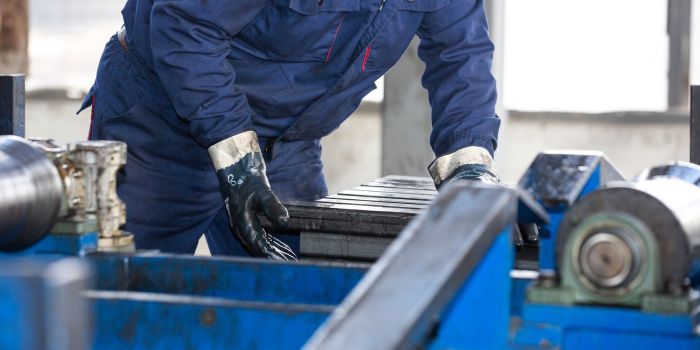Expansion joints might seem like quiet background players in complex piping systems, but when they fail, the ripple effects can be significant. From leaks to fatigue cracks, these small but mighty components are often underestimated. That’s why choosing a reliable hinged bellows manufacturer matters more than most realize.
Why Expansion Joints Face Issues
At their core, expansion joints are designed to absorb movement, vibration, and temperature shifts in piping networks. Yet, just like shock absorbers in a car, they take a beating over time. Poor installation, unsuitable material choice, or operational stresses can shorten their lifespan dramatically. Add in the extreme conditions of industries like oil, power, or chemical processing, and problems can surface quickly.
Common Issues That Arise
1. Fatigue Cracking
Cyclic stresses often lead to cracks in the bellows, especially when they’re not designed for dynamic loads. Manufacturers counter this by refining corrugation geometry and running advanced fatigue testing.
2. Leakage
Leaks often result from improper welds or material incompatibility. High-grade alloys, better welding techniques, and stringent pressure tests are common fixes in today’s industry standards.
3. Misalignment Issues
When piping systems shift beyond expected tolerances, joints are forced to compensate, leading to early failure. To address this, manufacturers now create customized joints with higher flexibility and angular movement tolerance.
How Manufacturers Are Addressing These Problems
- Advanced Materials: From stainless steel grades to Inconel alloys, the focus is on withstanding extreme temperatures and corrosive environments.
- Precision Engineering: Modern CAD tools and finite element analysis predict failure points long before production.
- Quality Assurance: Hydrostatic tests, dye penetrant inspections, and X-ray weld checks ensure joints meet safety codes.
Interestingly, some players now design double hinged expansion joints to handle angular rotation without imposing thrust loads on adjacent equipment—an elegant solution to a long-standing problem.
Learning from the Industry
Reports from organizations like the U.S. Department of Energy emphasize that improper maintenance is one of the leading causes of mechanical system failures (energy.gov). Manufacturers are responding by offering predictive maintenance support and IoT-enabled monitoring to help facilities avoid sudden breakdowns.
Innovations in Design and Testing
Some companies go beyond basic design and address operational realities. For example, incorporating sensors that measure pressure or stress in real-time allows operators to act before small issues escalate. Blogs like The Role of Dynamic Loads in Cover Durability highlight just how critical dynamic load considerations are in ensuring durability.
Companies like Flexpert Bellows continue to lead with cutting-edge solutions—combining engineering expertise with real-world testing to provide joints that don’t just meet standards but often exceed them.
What Buyers Should Keep in Mind
- Always match joint design to actual operating conditions.
- Insist on certifications and test reports from your supplier.
- Don’t overlook installation guidelines—many failures stem from poor setup rather than product flaws.
FAQ
1. What causes most expansion joint failures?
Most failures come from fatigue, misalignment, or corrosion. Regular inspections and proper material selection can reduce these risks significantly.
2. How often should expansion joints be inspected?
Inspection frequency depends on the application, but many industries recommend every 6–12 months, especially in high-pressure environments.
3. Are double hinged expansion joints better than single?
Double hinged designs allow greater angular flexibility and reduce stress on surrounding equipment, making them ideal for systems with complex movement.
4. Do expansion joints require special maintenance?
Yes, periodic cleaning, protective covers, and proper alignment checks are essential for extending their lifespan.
Final Thoughts
Expansion joints may be unsung heroes, but they keep entire piping systems functional and safe. By addressing issues like fatigue, leakage, and misalignment through advanced engineering and better materials, manufacturers ensure industries run smoothly. For businesses, working with experienced suppliers isn’t just a choice—it’s peace of mind.

